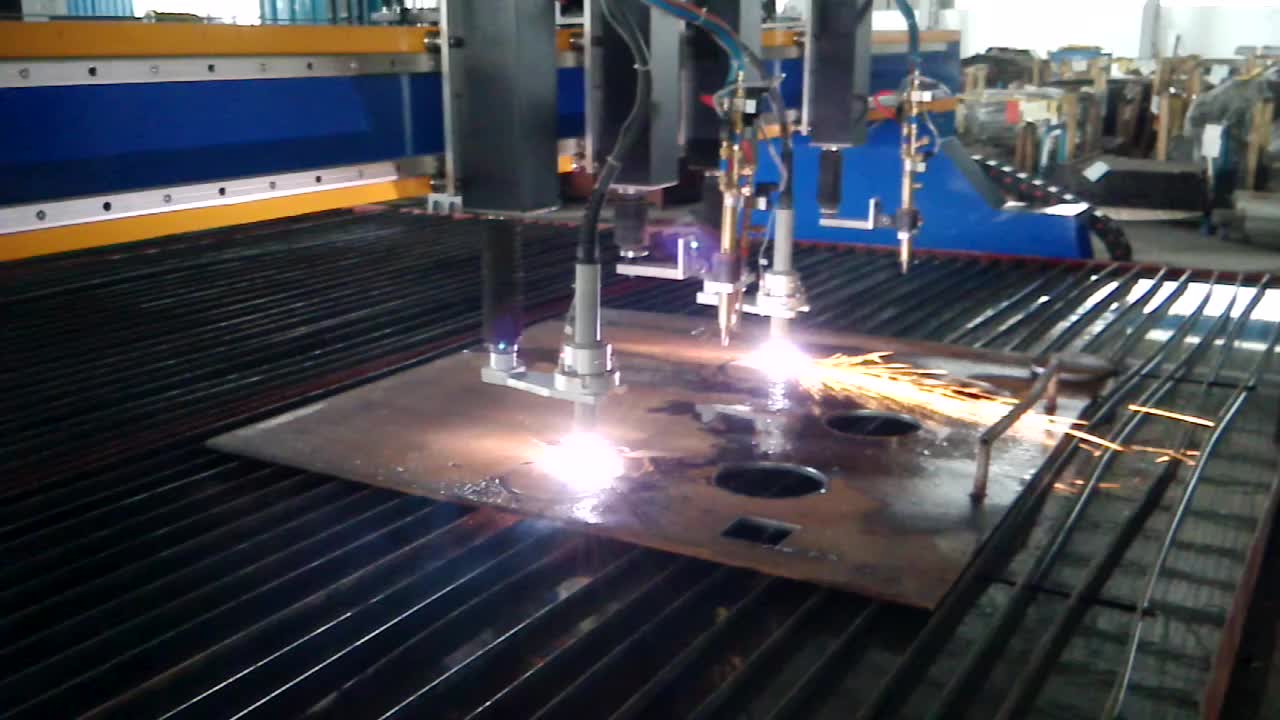
When selecting metal cutting services, one has several good options to choose from. But there are significant differences between these options, and the informed buyer can save a lot of money with a good choice.
Laser Cutting:
Laser cutting involves light moving in a straight line towards the work piece, removing metal by vaporization. Laser cutters will often have tolerances right down to .0005 inches. They are potentially the most precise and may have the smallest kerf (or cutting width). They are also the fastest at cutting thin material (16 gauge or thinner). Better laser cutters can cut mild steel as thick as 1.25 inches. The way to obtain the laser involves laser gasses and electricity.
Waterjet Cutting:
Waterjet cutting involves abrasives and ruthless water at 35-75,000 PSI aimed towards the workpiece resulting in precise abrasion cutting. Steel parts can be as thick as 6 inches and stay within tolerances of +/- .003 of an inch. Materials can range from metal to ceramic tiles and virtually anything between. It really is undoubtedly the slowest approach to the cutting services discussed in this post. The supply of the waterjet includes water and moderately expensive tiny rocks called garnet.
Plasma Cutting:
Plasma cutting involves high temperature plasma and a power arc seeking ground. In this instance, it seeks ground through the workpiece--and along the way removes metal by melting the material and blowing it from the work area. Plasma cutting has by far the fastest speeds when cutting thick metal. Great site cutting requires electricity and certain gasses to operate.
Which Cutting Method IS MOST EFFECTIVE?
The very best cutting method largely depends upon the capabilities required. If a job involves a bit of metal 1" thick or less and requiring moderate to strict tolerances, nothing beats a laser cutter. If a workpiece is constructed of an exotic material that has low tolerance to heat (called a "Heat Affected Zone"), then a waterjet is likely your best bet. If the material is metallic and extremely thick (say, 1.5 inches or more) and speed is crucical, then plasma cutting would be the best.
